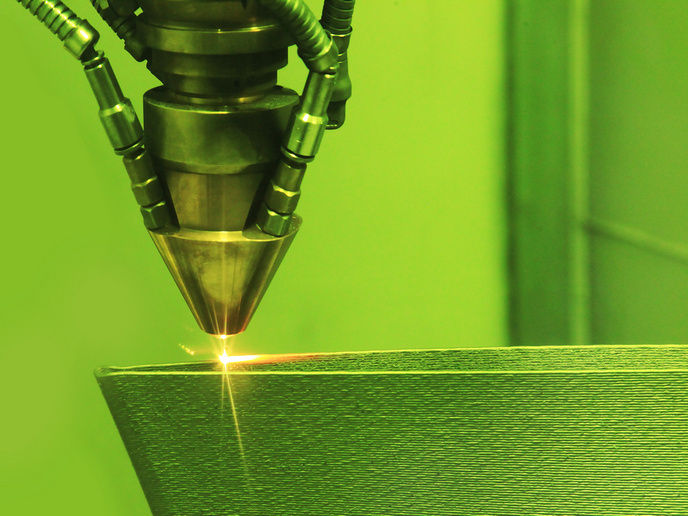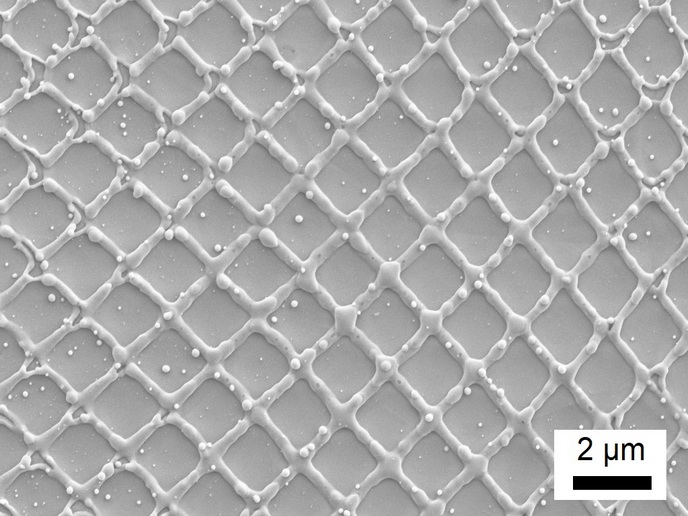Advances in Optical fibre technology
A Plastic optical fibre (POF) is, as indicated by the name, an optical fibre made out of plastic. The fibre consists of a denser material, typically acrylic, surrounded by a cladding layer made of fluorinated polymers. The refractive index of the core is greater than that of the cladding so that the optical signal is refined in the core. Normally, a 650nm (red) LED is used as the light source for POF optical transceiver modules. The advent and use of vertical cavity surface emitting laser (VCSEL) as emitters for fibre data communication have both improved efficiency and increased data speed. With the aim to research and develop the technologies enabling the implementation of optical-plastic technologies for in-flight entertainment, MOTIFES project has led to two types of POF transceivers, operating at wavelengths of 650nm and 850nm respectively. The transceivers are based on VCSEL technology and they are compliant with IEEE 1394 serial data bus communication technology. Moreover, a patent enabling the regulation of the output power of the VCSELs, removed temperature constraints and the 850nm transceiver exceeded state-of the art performance over the extended range of temperature -40°C to +85°C. In addition the 650nm transceiver is the first connectorized POF module compliant with avionics requirements in terms of vibration. The resulting transceivers follow the Small Form Factor (SFF) Multi Source Agreement, enabling the coverage of multiple markets and applications with subsequent economies of scale and reduced costs. Avionics manufactured may be benefited from the project results by integrating the products into aircraft systems.







